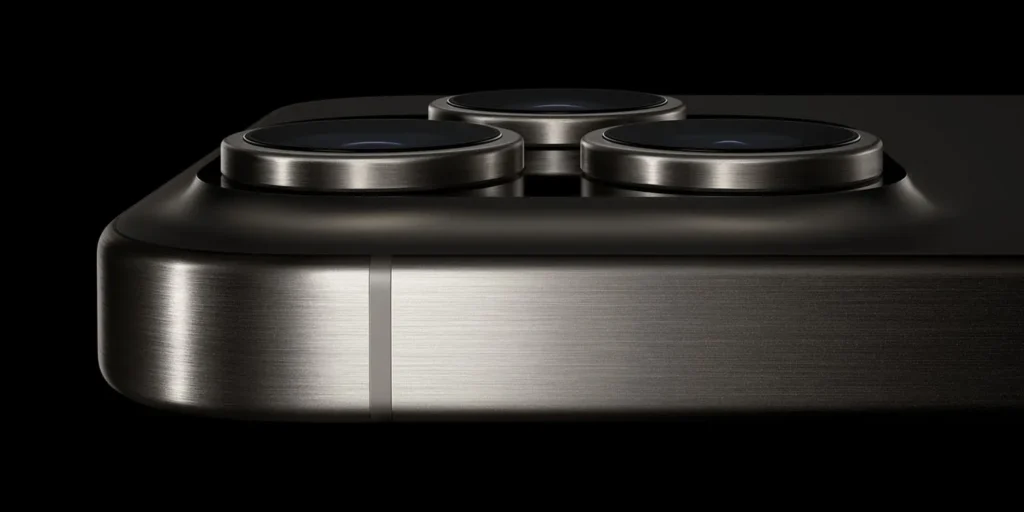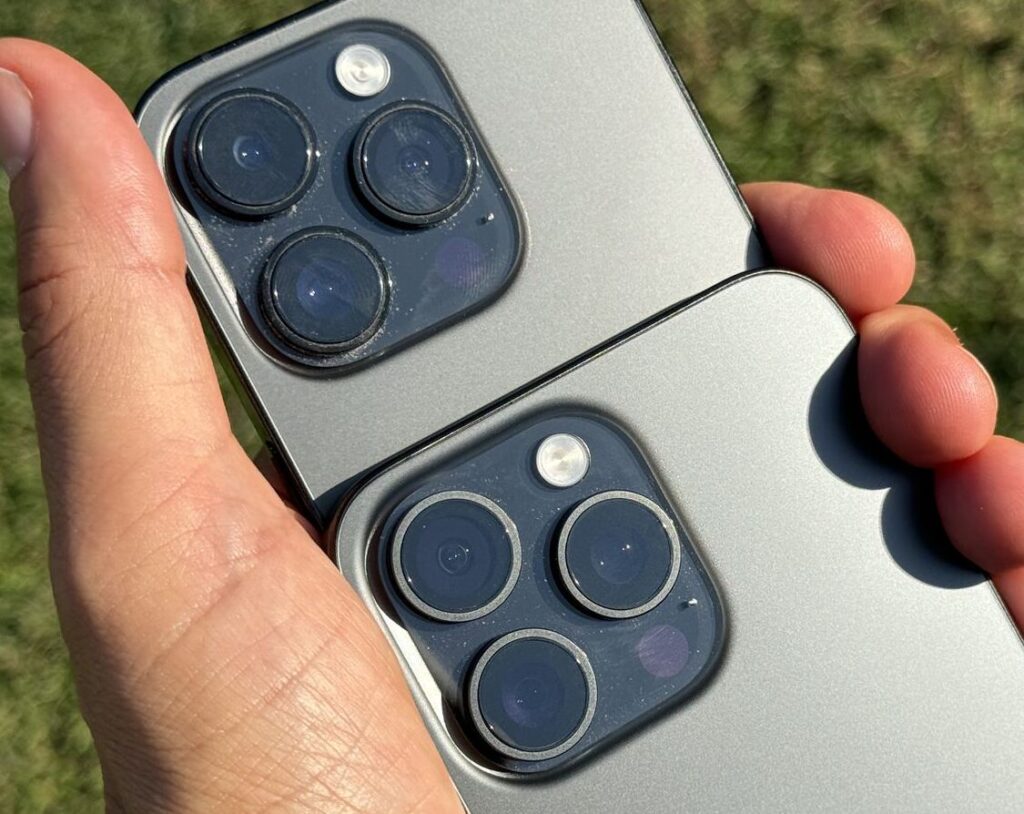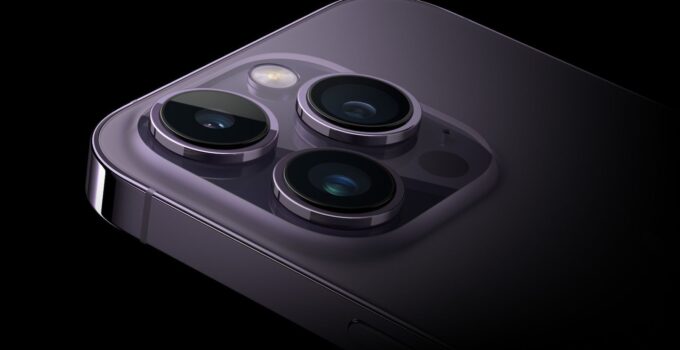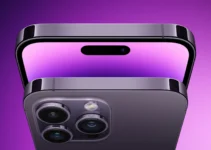iPhone 15 Pro Max Leads Smartphone Camera Revolution with Innovative Hybrid Glass-Plastic Lenses. The iPhone 15 Pro Max has introduced a groundbreaking feature in smartphone photography: hybrid glass-plastic lenses. This innovation, as noted by renowned Apple analyst Ming-Chi Kuo, is expected to set a trend that will be soon adopted by high-end Android phones. The use of glass lenses in smartphones has always been preferred for their superior optical quality. However, they have significant disadvantages, especially in modern slim devices where space efficiency and weight are crucial.
Apple Prepares to Part Ways with Goldman Sachs on Apple Card Management
Glass lenses are typically larger and heavier than plastic ones, posing a challenge in compact smartphone designs. This added weight is not just an ergonomic concern but also affects the phone’s internal mechanics. Heavier glass lenses require more robust motors for optical image stabilization, leading to increased overall weight and power consumption of the device.

Another concern with glass is its fragility. Glass lenses are more prone to internal damage if the phone is accidentally dropped, which makes them less durable compared to plastic lenses. To address these issues, Apple has innovated with the iPhone 15 Pro Max by introducing a hybrid lens, known as 1G3P. This lens combines one glass and three plastic elements, aiming to balance the high quality of glass with the practicality of plastic.

Ming-Chi Kuo suggests that following Apple and Huawei’s adoption of hybrid lenses, other premium smartphone brands are likely to follow suit. This shift could signify a major change in smartphone camera technology. Notably, the tetraprism lens, which is currently exclusive to the iPhone 15 Pro Max, is expected to be featured in the iPhone 16 Pro as well. Largan, the manufacturer of this lens, is working to develop its own glass component to meet Apple’s high quality standards, with the ambition of having a fully integrated module by 2025 or 2026.



